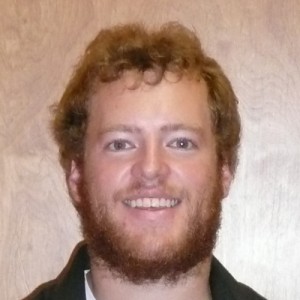Graduate student Michael Brodeur-Campbell, an IGERT (Integrative Graduate Education and Research Traineeship) trainee, is representing the University in IGERT’s 2011 national poster competition. He is a PhD candidate in chemical engineering. His poster is titled “Implications of the Renewable Fuels Standard on Upper-Midwest Land Use.”
IGERT is the National Science Foundation’s flagship interdisciplinary training program, educating PhD scientists and engineers by building on the foundations of their disciplinary knowledge with interdisciplinary training.
See Brodeur-Campbell’s poster at IGERT .
Finalists will be announced on Friday, May 6.
